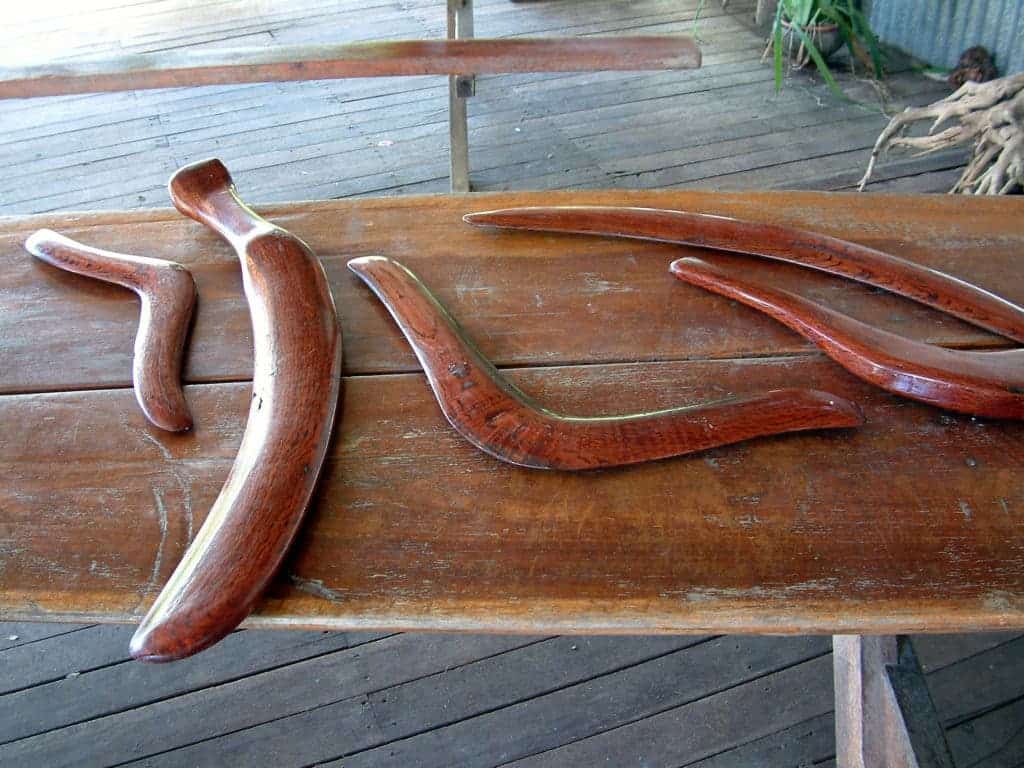
Scholars say Aboriginal Australians lived in tribal harmony for up to 40,000 years before the first European settlers came in the 18th century. Aboriginal people were mostly hunter gathers who used spears, but also the famous boomerangs for hunting, digging, and other purposes. Due to very scarce evidence of violence in skeleton remains prior to the arrival of the British Empire, many have posited that inter-tribal warfare might have been non-existent, despite the fact that some tensions must have surfaced.
Researchers at Australia’s Griffith University claim, however, that pre-colonial Australia wasn’t exactly the Garden of Eden. Their analysis of the skeleton remains of an adult Aboriginal man suggests he succumbed to a very violent death at the hand of a very unorthodox weapon — a boomerang with a bladed edge.
The skeleton remains of the dead man were found by a member of the Baakantji Aboriginal people who named him Kaakutja (‘older brother’). A long gash on his skull suggests the man died following a violent blow with a sword-like weapon. But lab tests then showed the man lived at least 600 years before the first European settlers arrived in the area, and seeing how the Aboriginals didn’t employ metal tools, the plot thickened.
Michael Westaway from Griffith University was brought in to use his anthropological expertise to help unravel the mystery. His analysis came up with more details concerning the state of the body. There was a long wound on Kaakutja’s face from a sharp-edged weapon, but his ribs were also broken, and a circle of bone had been hacked off his upper arm.
Westaway did some research and found accounts of two possible weapons used by Kaakutja’s contemporaries: the lil-lil, which was a sharpened club, and the fighting boomerang called ‘Wonna’, which “reminds one of the blade of a sabre.”
Not far from Kaakutja’s burial site beside an Australian river bank, researchers found rock art depicting two different Aboriginal peoples holding shields, clubs, and boomerangs. This seems to suggest there was conflict in the area, and because Kaakutja’s forearms show no signs of injury, the kind you’d expect from warding off a blow, Westaway is somewhat convinced the man was fatally hit by a boomerang designed to whip around a shield.

Though he met his end violently, Kaakutja’s remains were laid on a cushion of special sand, possibly by friends and family. “He was obviously someone that a lot of people cared for,” Westaway told National Geographic. And more than 700 years after his untimely death, Kaakutja was given a traditional ceremony as well.
While Kaakutja suggests that Aboriginals weren’t exactly peaceful, the man is only one of two skeletons found so far that bear signs of violence. So, compared to the millions of slashed skeletons buried in the rest of the world, I’d say the Aboriginals lived rather harmoniously.
The findings appeared in the journal Antiquity.



